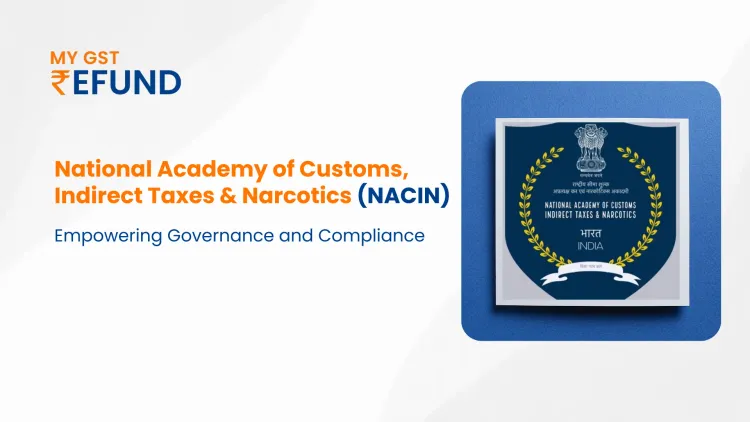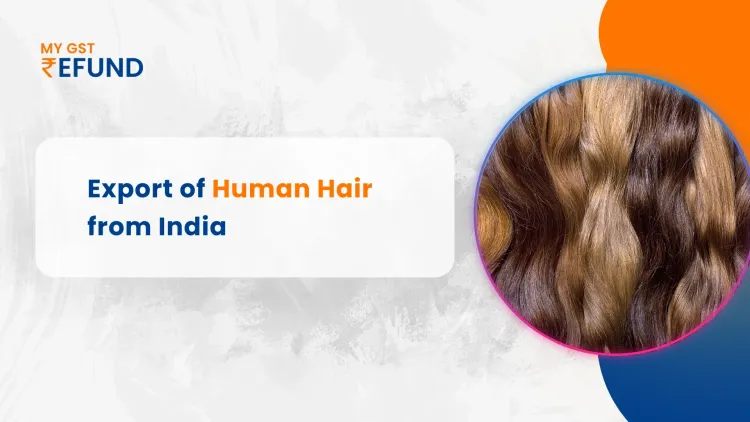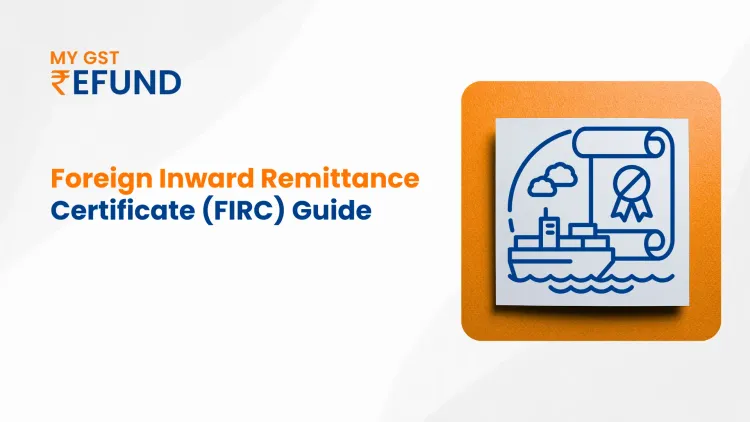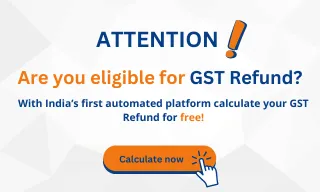How Indian MSMEs Can Go Global in 2025: Government Schemes and Strategic Execution
India has long been a major force in international trade, with its micro, small, and medium enterprises (MSMEs) playing a major role in exports. To facilitate MSME exporters, the Indian government has rolled out several schemes and initiatives. In 2025, these companies can take advantage of these initiatives and adopt strategic steps to become a global force. This article delves into the extent of government aid available, principal execution plans, and actionable recommendations Indian MSMEs can execute in order to survive in the export market.
Unique Strengths of Indian MSMEs for Global Expansion
Indian MSMEs are positioned for global expansion because of their affordable manufacturing, wide range of industry products, and government-supported incentives. Through innovation, heritage products, and digitalization, they can reach global markets via e-commerce. Moreover, India's robust diaspora network, focus on sustainability and entrepreneurial culture further boost their global competitiveness, making them a good fit for expansion in 2025.
Government Schemes Supporting Indian MSME Exports
1. Remission of Duties and Taxes on Exported Products (RoDTEP)
- The RoDTEP scheme is notified with an objective to counter the taxes and duties on goods exported that are not credited, remitted or refunded in any form.
- The benefit is provided as a percentage of FOB, a FOB fixed amount per unit of measurement, as specified in Appendix 4R to the notification.
2. Export Promotion Capital Goods (EPCG) Scheme
- Permits duty-free import of capital goods utilized in producing export goods.
- Decreases initial costs, enhancing the efficiency of production for MSMEs.
- It assists companies in upgrading technology and competing internationally while reducing import charges.
- Requires meeting export requirements within a specified period to be eligible for incentives.
- It affects several industries, such as textiles, handicrafts, engineering, and food processing.
3. Production-Linked Incentive (PLI) Scheme
- Offers financial incentives to increase MSME production in priority sectors.
- Promotes large-scale production to facilitate sustainable exports.
- Increases global market access by enhancing production capacity.
4. Market Access Initiative (MAI) Scheme
- Aids MSMEs in marketing, trade fairs, and promotional activities overseas.
- Increases global visibility and networking opportunities.
- Ensures participation in foreign exhibitions and B2B encounters.
5. India Brand Equity Foundation (IBEF)
- Positions Indian MSME brands globally through branding efforts.
- Provides research, insights, and marketing assistance.
- It assists companies in creating effective global branding strategies.
6. Niryat Bandhu Scheme
- Provides training and mentorship to MSME exporters.
- It assists companies in understanding international trade policies and best practices.
7.IES scheme
- The Interest Equalization Scheme (IES) was first rolled out on April 1, 2015, to offer rupee credit for both pre-shipment and post-shipment exports to exporters.
- To claim this benefit, an eligible exporter must submit a certification from the external auditor to the concerned bank.
8. AIR Duty draw back scheme
- AIR of Duty Drawback is a government scheme that allows exporters to claim back part of the customs duties paid on imported items used in manufacturing exported goods.
- It is Tracked under Customs and Central Excise Duties Drawback Rules, 2017, and is applicable in all industries as per a standardised rate to help businesses cut costs and increase their profits.
Execution Strategy for Global Expansion
1. Identify Target Markets
Strategy: Take advantage of trade pacts like the India-ASEAN Free Trade Agreement to gain access to Southeast Asian markets with reduced tariffs. Specialize in niche offerings such as organic materials to stand out from the competition.
Example: A textile MSME investigates demand for environmentally friendly handloom products in the US and European markets.
2. Build a Strong Online Presence
Strategy: Invest in SEO to enhance search rankings globally and use targeted social media advertisements on Instagram and Facebook to reach overseas customers.
Example: A MSME creates an e-commerce website customized for overseas buyers, with multilingual support and international payment gateways. They also put products on Alibaba and Amazon Global.
3. Utilize Government Trade Platforms
Strategy: Leverage GeM (Government e-Marketplace) for access to worldwide buyers through procurement portals operated by the government.
Example : An MSME that produces organic food products gets registered on the DGFT portal and visits the India International Trade Fair in order to link with prospective purchasers.
4. Ensure Quality and Compliance Standards
Strategy: Comply with international product safety and sustainability norms by embracing ethical production practices, as done by firms such as Patanjali in India.
Example: A pharmaceutical MSME gets ISO 9001 certified and FDA approval prior to exporting to destinations such as the US.
5. Maximize Supply Chain and Logistics
Strategy: Adopt cost-effective shipping and packaging techniques, e.g., bulk shipping, to reduce transit time and cost, as practiced by leading global firms like OYO.
Example: An MSME that manufactures handcrafted wooden furniture collaborates with freight forwarders and warehouses goods in Free Trade Warehousing Zones (FTWZs) to minimize logistics expenses.
6. Access Financial Support and Credit
Strategy: Obtain export financing from EXIM Bank for working capital or business growth, as Bajaj Electricals did to expand its exports.
Example: An MSME exporting handicrafts utilizes ECGC insurance to cover risks of payment defaults while exporting to European nations.
7. Strengthen Branding and Marketing
Strategy: Leverage storytelling to emphasize the distinctiveness of Indian MSME products, as Fabindia did by highlighting traditional craftsmanship.
Example: An MSME that produces luxury leather products partners with global influencers on Instagram to promote its distinctive designs.
8. Focus on Sustainability and Innovation
Strategy: Invest in research and development of new, high-value products, as keeps upgrading in the ed-tech industry. Follow direct-to-consumer (D2C) models to reach wider, following Myntra and other online shopping platforms.
Example: An MSME dealing in sustainable packaging takes up environmentally friendly materials and promotes its green activities across the world.
By adapting these strategies and adopting best practices, Indian MSMEs can grow globally and maximize operations with high-quality standards, building a robust global footprint.
Conclusion
With strong government support and an effectively implemented strategy, Indian MSMEs have the potential to create a massive difference in overseas markets in 2025. Through export incentives, optimized operations, and enhanced international outreach, these small businesses can potentially emerge as world leaders. The time has come for Indian MSMEs to avail of these opportunities and reap the worldwide appreciation they have earned.
Related Posts








